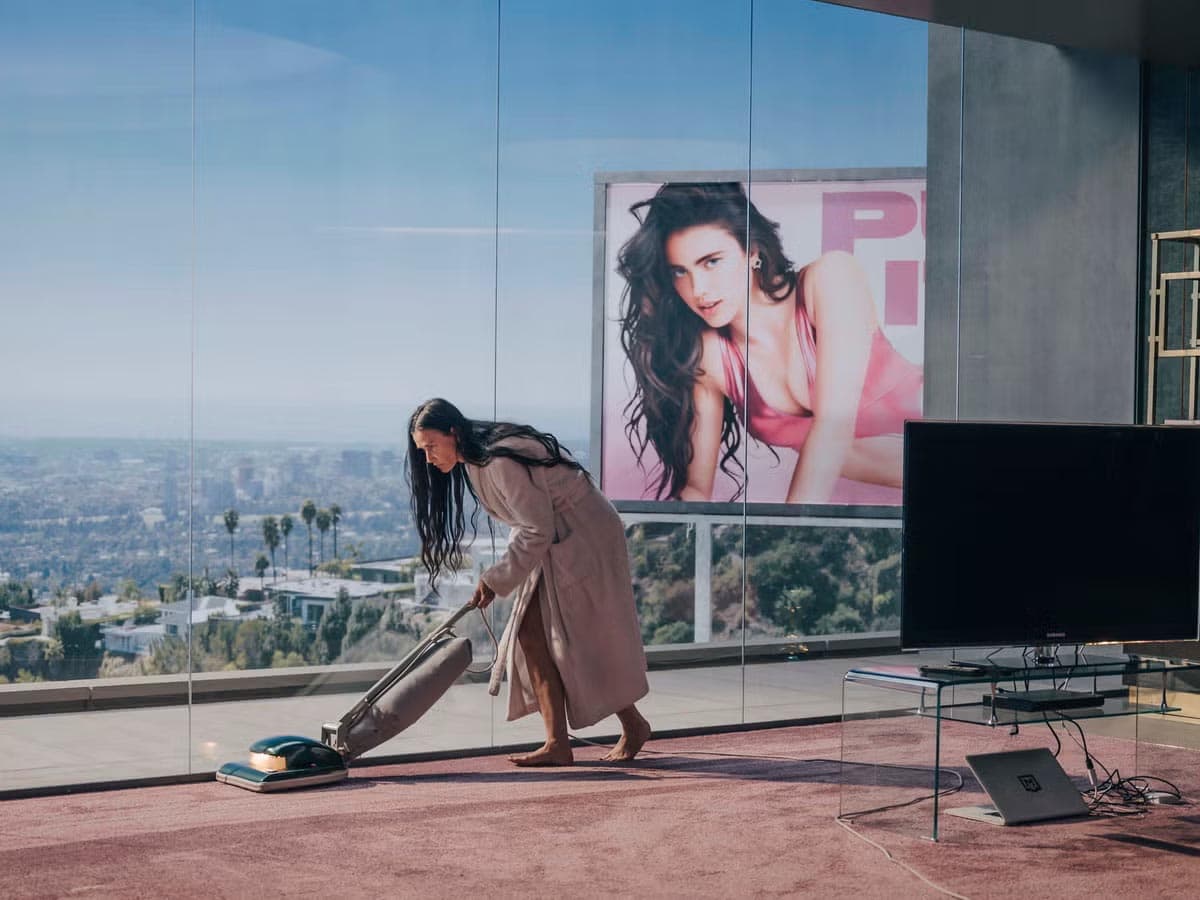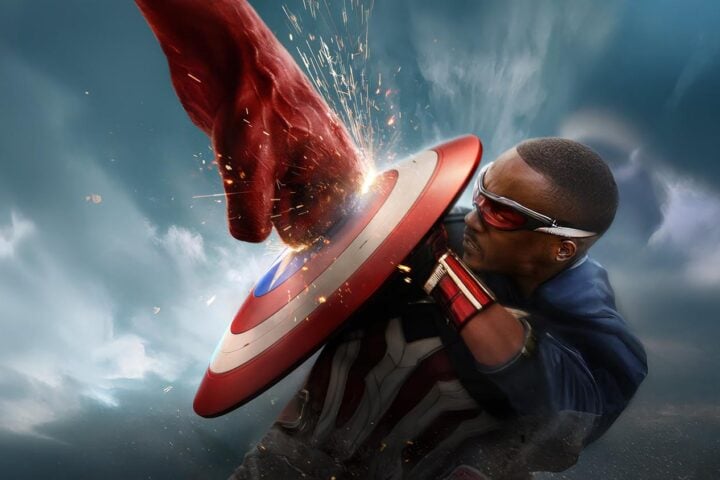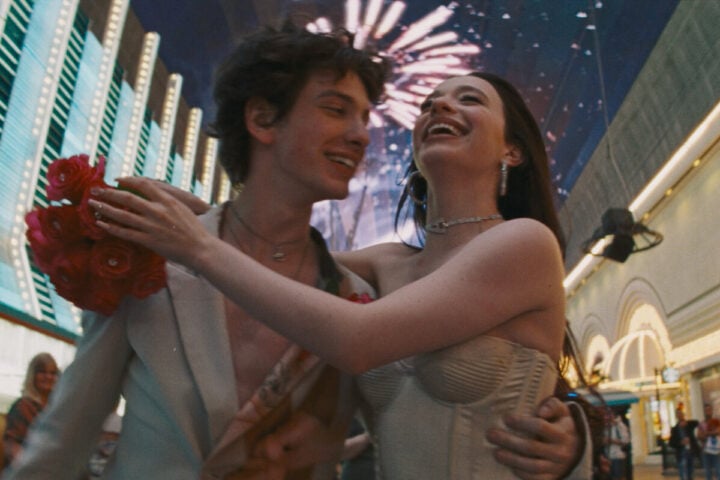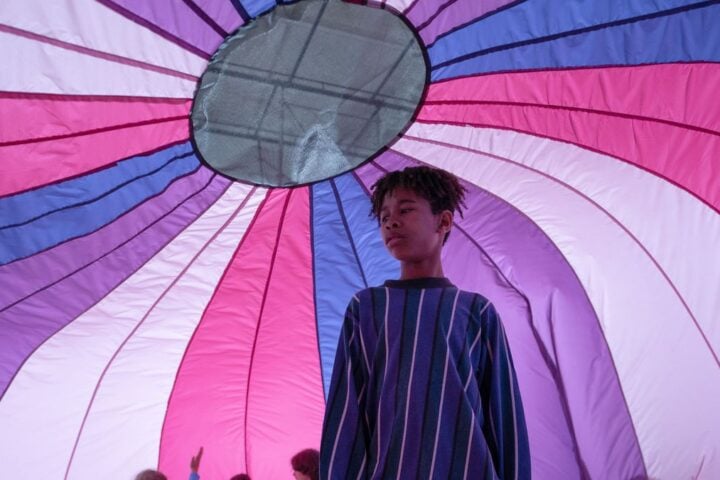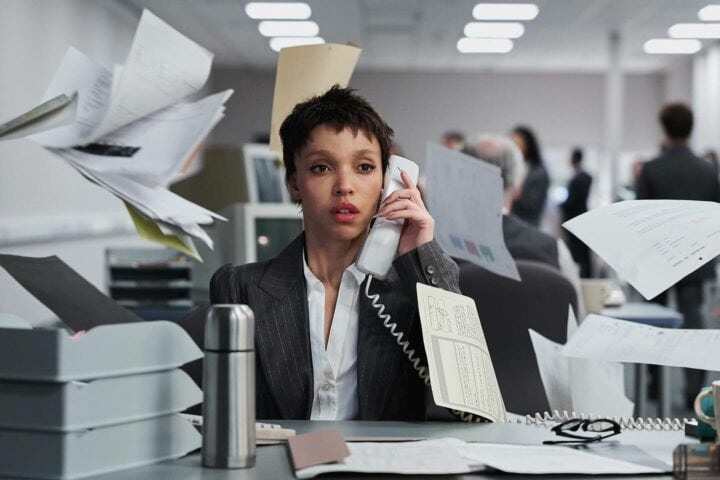Horror, namely how it finds its audience, continues to evolve in ways that confound studio executives and in the process prove the durability of the genre. For all the hand-wringing about supposed “horror fatigue” and the persistent urge to bury a genre that’s remained profitable even in (oftentimes especially in) the worst of times, 2024 proved once again that demons and psychos and killer clowns are as popular as they’ve ever been—just not necessarily those that have a big studio label seared into their clammy flesh.
If horror in the 2010s was dominated by aging juggernauts like Paramount and molded by the growing dominance of younger, hipper, genre-focused studios like A24 and Blumhouse, the chaotic 2020s are, fittingly, increasingly being shaped by less predictable players. Damien Leone’s Terrifier 3, distributed by Cineverse, kicked Joker: Folie à Deux to the curb in its first weekend, and now it’s the highest-grossing unrated movie in U.S. history. And Coralie Fargeat’s The Substance, which has not only outperformed global box office expectations and put streamer MUBI on the map, is showing signs of emerging as a major awards season contender.
Kurosawa Kiyoshi’s Chime, which is available only available as an NFT, joins both of those aforementioned films in spitting in the face of conventional wisdom around traditional ratings and distribution. And though larger studios continued to cede ground to independents and streamers this year, Paramount and 20th Century Studios nabbed spots on our list with efforts that managed to toe the line between big-budget IP horror spectacle and creative frightmaking.
No matter which way you slice it, the 2020s are proving to be as solid a decade for horror as any other. As we move into 2025, we’re eager to see where a genre that’s increasingly outmaneuvering the dictates of studio executives and defying expectations in terms of taste, profitability, and distribution continues to go. Rocco T. Thompson
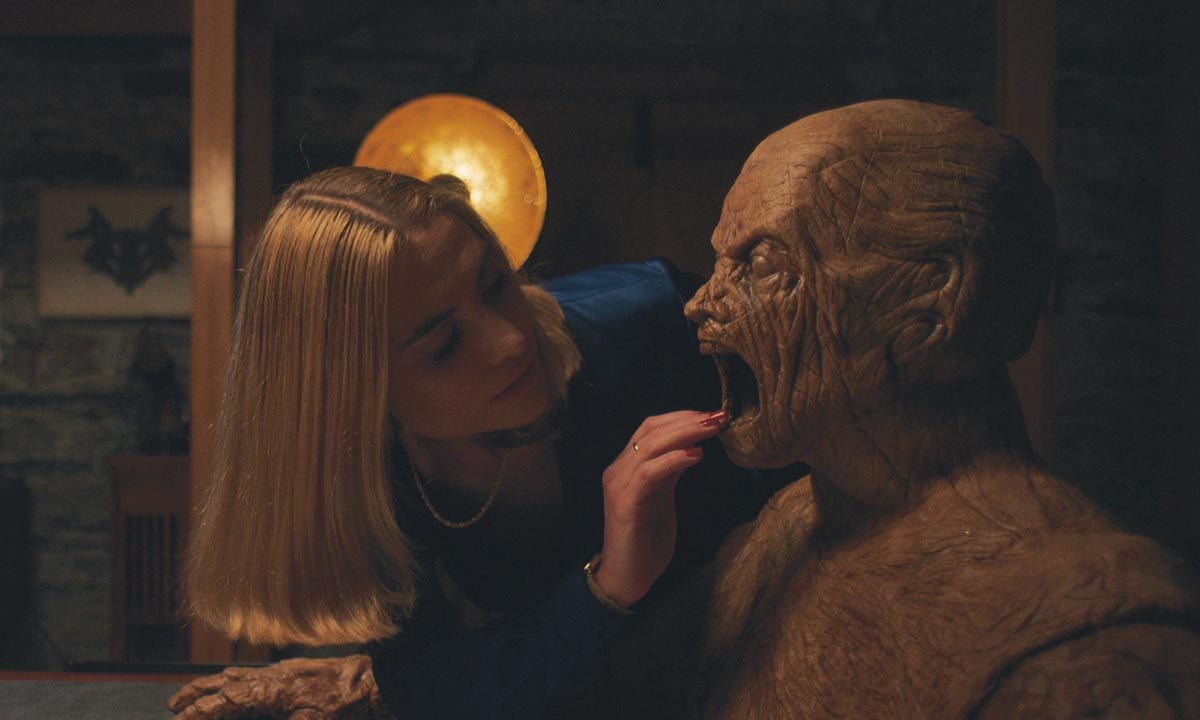
10. Oddity (Damian McCarthy)
Oddity’s central image is a wooden mannequin planted at the head of a dinner table, mouth frozen in a silent scream. It belongs to Darcy (Carolyn Bracken), the blind, silver-haired twin sister of Dani (also Bracken), who was murdered while renovating the house where much of the film takes place. On the anniversary of her sister’s death, she visits Dani’s husband, Ted (Gwilym Lee), along with the shipping crate housing the mannequin. It isn’t tough to figure out where Oddity is going, but writer-director Damian McCarthy unveils each detail at a satisfyingly unhurried pace, with some tense interludes involving photos captured by a motion-activated digital camera and the contents of holes drilled into the mannequin’s skull. The storytelling hook here isn’t shock value so much as the clockwork of a complex machine, and the way so many of its pieces work toward a singular purpose is never less than atmospheric. Steven Scaife
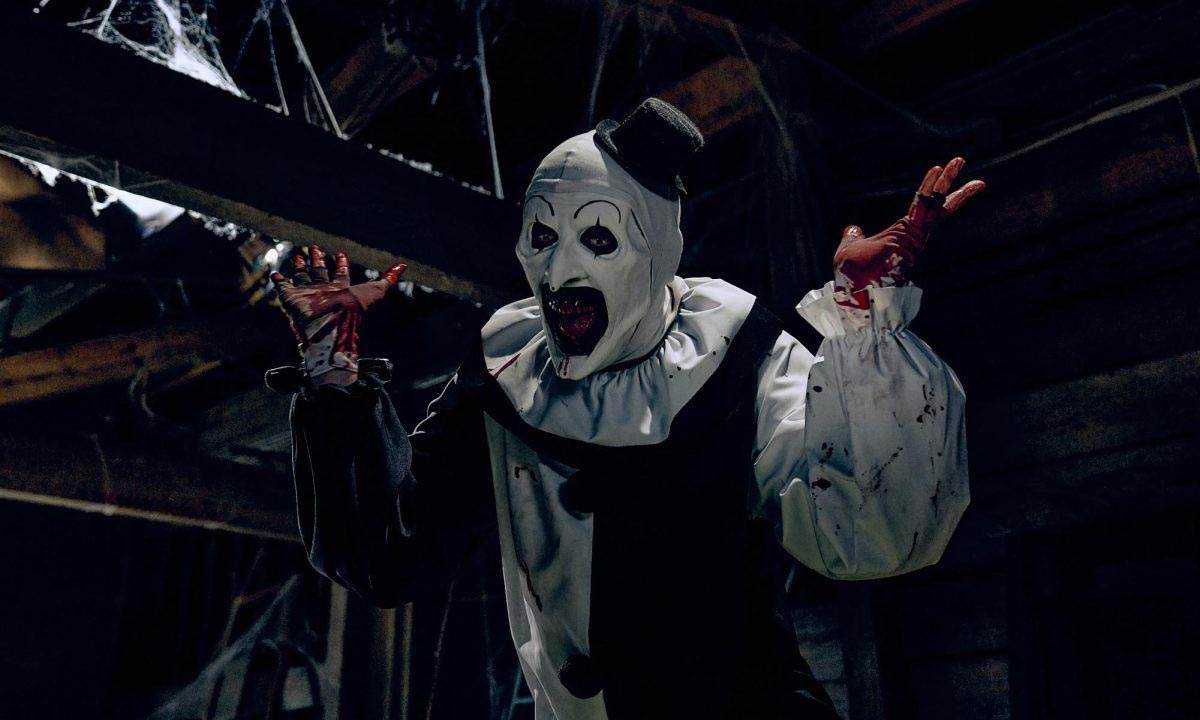
9. Terrifier 3 (Damien Leone)
Leveling up from Terrifier 2 with a bigger budget, stronger performances, and a more well-modulated tone, Terrifier 3 is chockablock with enough nasty delights and surprising amounts of heart to lift the series from its origins as a glorified effects reel into something near splat cinema art. Where Terrifier was a bloody amuse-bouche for the supersized gore epic that was Terrifier 2, this third entry is a veritable four-course holiday feast of peeled faces, dismembered kiddos, chainsaw-hewn butts, and masturbation by mirror shard. Primarily a vehicle for inventive and wince-inducing practical effects that best anything to be found in a 1980s-era Italian gorefest or the Saw franchise, Terrifier 3 continues the series’s trend of dotting a sparse and sinuous thread of plot with mini-masterpieces of cinematic ultraviolence. Thompson
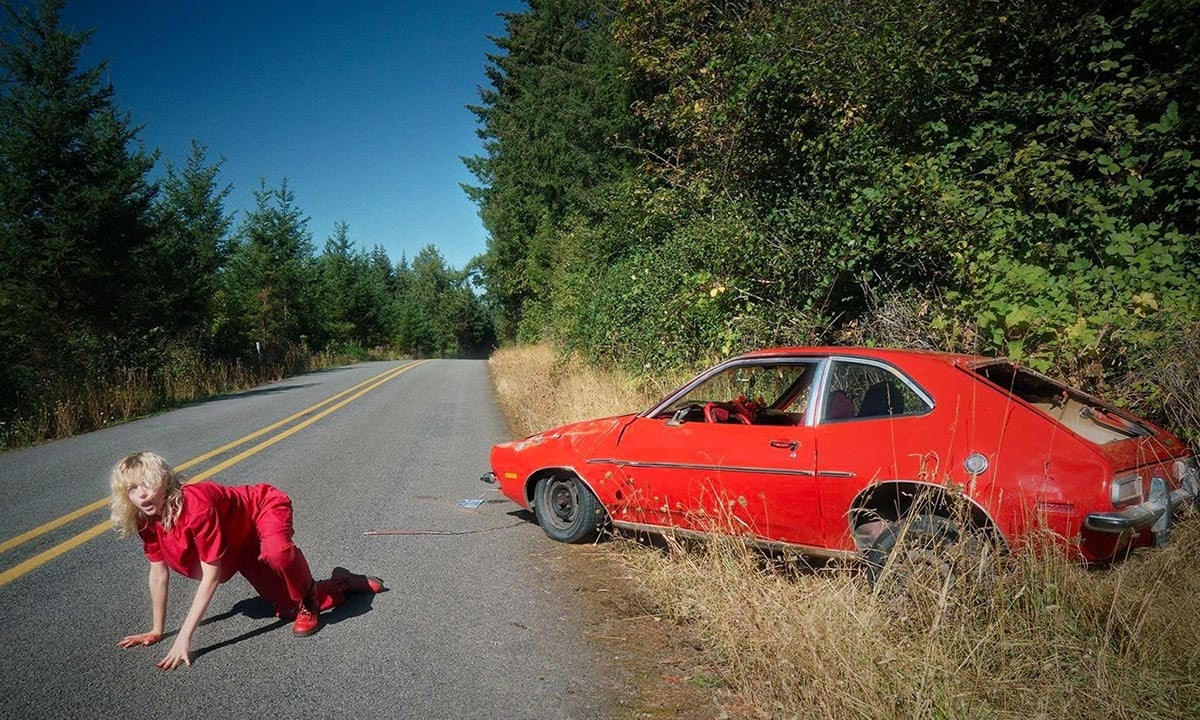
8. Strange Darling (J.T. Mollner)
JT Mollner’s Strange Darling is a cunningly devised thriller that wields our assumptions against us like a sharp implement. Its chapters are doled out in a jumbled order that slowly allows us to piece together the story of how these two unnamed characters (Kyle Gallner and Willa Fitzgerald) came to be engaged in a hot pursuit, and each new piece of the puzzle radically alters our impression of what the final picture is going to be. Which is impressive, given that the film’s opening seems so black-and-white, as you’d think that there wouldn’t be any information you could subsequently receive that would meaningly re-contextualize the sight of an armed man maniacally chasing after a terrified woman while cramming narcotics up his nose. And yet. It seems like a film that might suffer on re-watch, but those who come to Strange Darling unsure of where it’s going to take them are sure to have one hell of a time finding out. Ross McIndoe
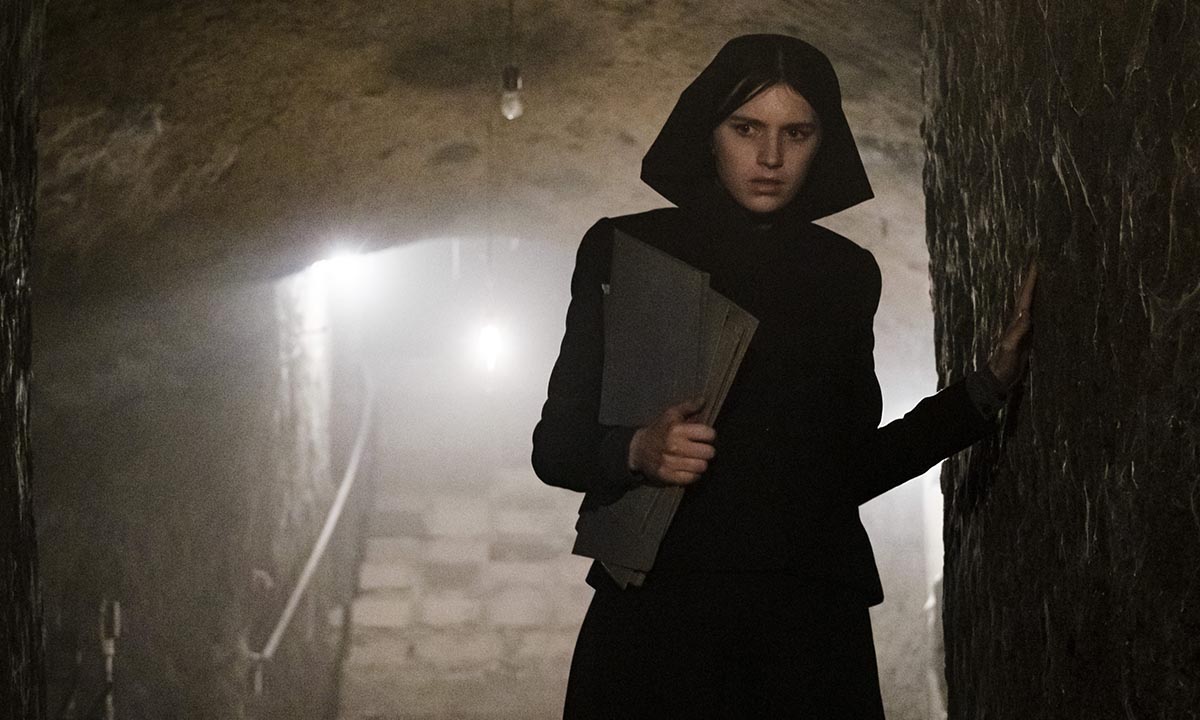
7. The First Omen (Arkasha Stevenson)
Pulsating in The First Omen’s veins is an eerie eroticism and a tactile awareness of the way the Catholic Church controls the bodies and minds of women. Arkasha Stevenson feels like a new, urgent voice in horror cinema, namely for the way that she zooms in and out (literally and figuratively) on matters personal and political. The film’s story is fascinatingly set in the context of labor protests and the mass exodus of a younger generation from the Church while maintaining the personal stakes of Margaret’s (Nell Tiger Free) mission to take care of and bring back that generation. Throughout the film, Stevenson slides easily between earthly delights and disgusts, wedding them together through viscera and audacious aesthetics. In The First Omen, Stevenson atomizes all the darkness and the light within ourselves. Kyle Turner
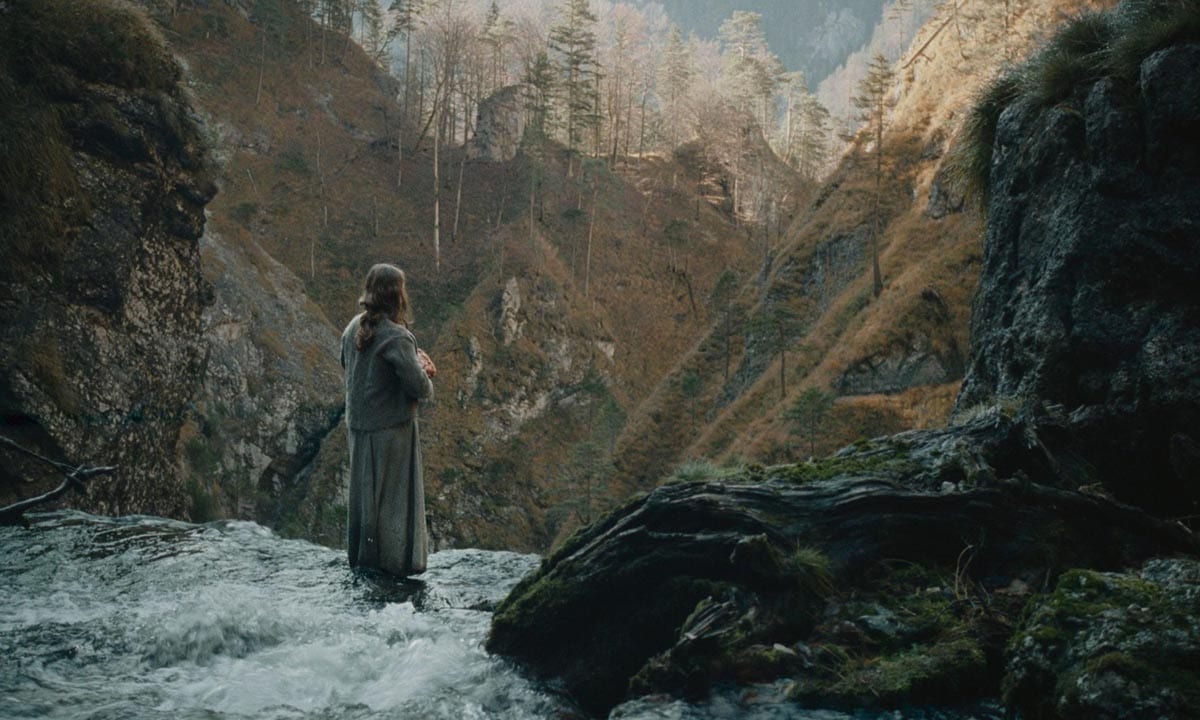
6. The Devil’s Bath (Veronika Franz and Severin Fiala)
Gruesome and viscerally upsetting, The Devil’s Bath takes an unsparing, pointedly grim look at the wages of being a peasant woman in early-18th-century Austria. Set on the cusp of the Enlightenment, Veronika Franz and Severin Fiala’s chilling film serves to remind us of just how uneven the historical arc toward progress has been. Inspired by the real phenomenon of 17th- and 18th-century European women committing suicide by state proxy—murdering people, usually children, in order to be executed by the state—The Devil’s Bath details a social configuration at once familiar and alienating. It immerses the viewer back to the era’s uncanny, religion-infused perception of the world in a manner comparable to Robert Eggert’s 2015 breakthrough The Witch but with a brutal matter of factness that resists succumbing to the horror genre’s fetish for all things arcane. Pat Brown
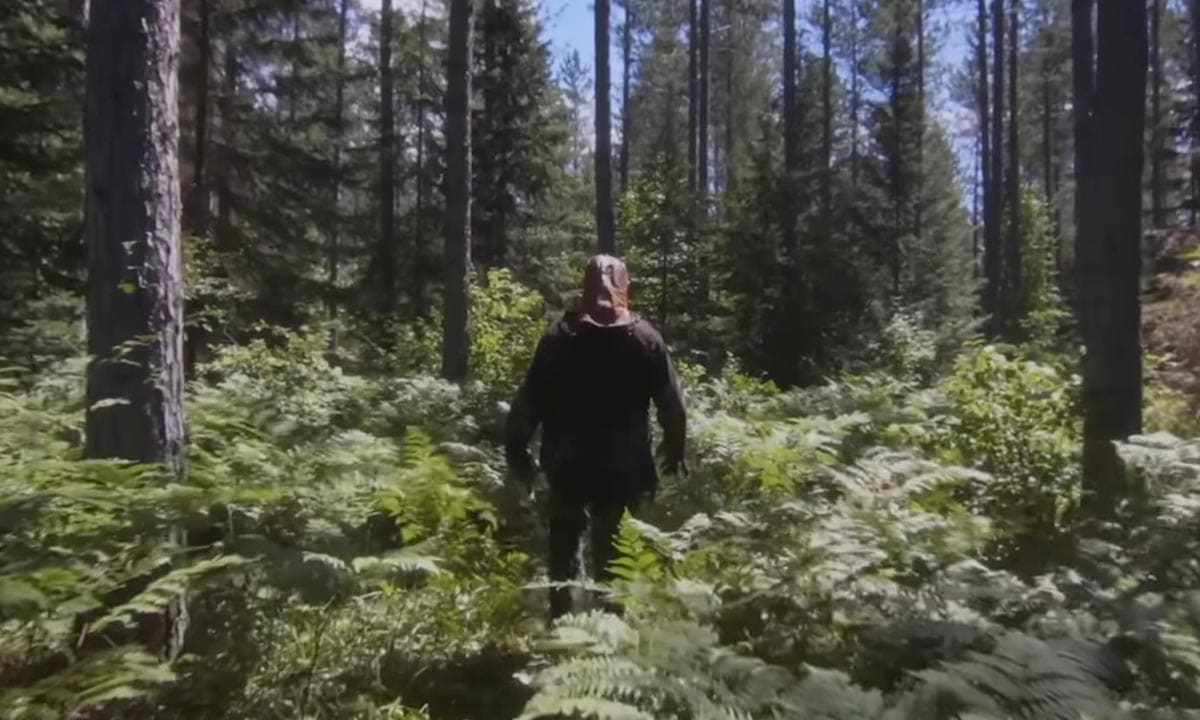
5. In a Violent Nature (Chris Nash)
The concerns of writer-director Chris Nash’s In a Violent Nature are thrillingly cryptic and evocative. After an hour-plus of Johnny’s (Ry Barrett) splatterific bloodletting, only this flesh-rotted executioner and shellshocked final girl Kris (Andrea Pavlovic) remain. A vengeful and conflagratory battle appears to be in the offing. But then Kris makes a choice far removed from what a character in her position might normally do, seemingly breaking the cycle of violence. More likely, she defers the surely apocalyptic consequences of Johnny’s rabid resurrection to some not-so-distant future date. The climax is then daringly given over to an extended conversation between Kris and her rescuer, a woman played in a pointed bit of meta-casting by Friday the 13th: Part 2’s Lauren-Marie Taylor, about the oft-inexplicable interplay between the human and natural worlds. It’s a curveball that feels exactly right in context and fully in conversation with the film’s many unnerving aesthetic and thematic ambiguities. Keith Uhlich
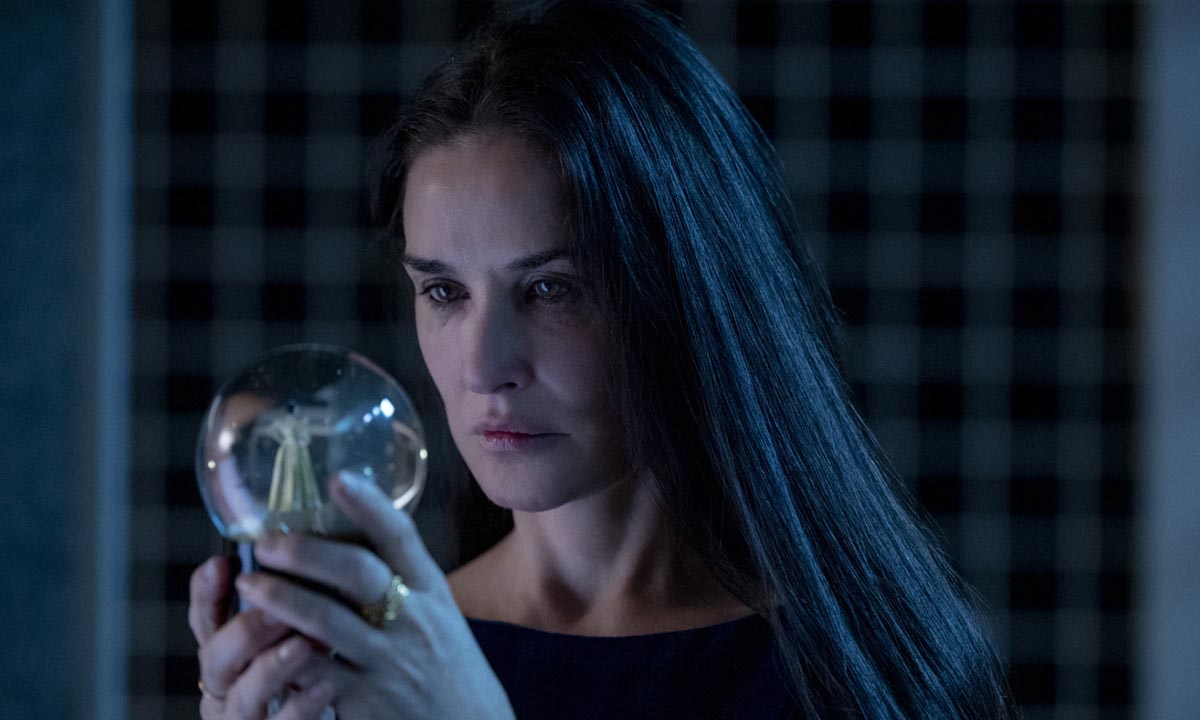
4. The Substance
With The Substance, Coralie Fargeat pays homage to a bathroom from Stanley Kubrick’s The Shining, and the general vibe suggests a meeting of Dr. Strangelove’s humor and the New French Extremity’s brutality. It’s an ultraviolent hothouse cartoon of avarice. Kubrick aged into a scold, but Fargeat can admit that the decadence she’s parodying and indulging turns her on. This is a feminist midnight-movie freak show, and Fargeat is willing to beat horny male filmmakers at their own game while spanking them for their misconduct. As she also illustrated in the equally unhinged Revenge, the thin line between critique and hypocrisy is her natural habitat. And through it all, the humanity of Demi Moore’s performance gives Fargeat’s boldest ideas an emotional backbeat. This is a blend of body horror film and feminist satire that’s more than a tribute reel to the usual masters of the genre. Chuck Bowen
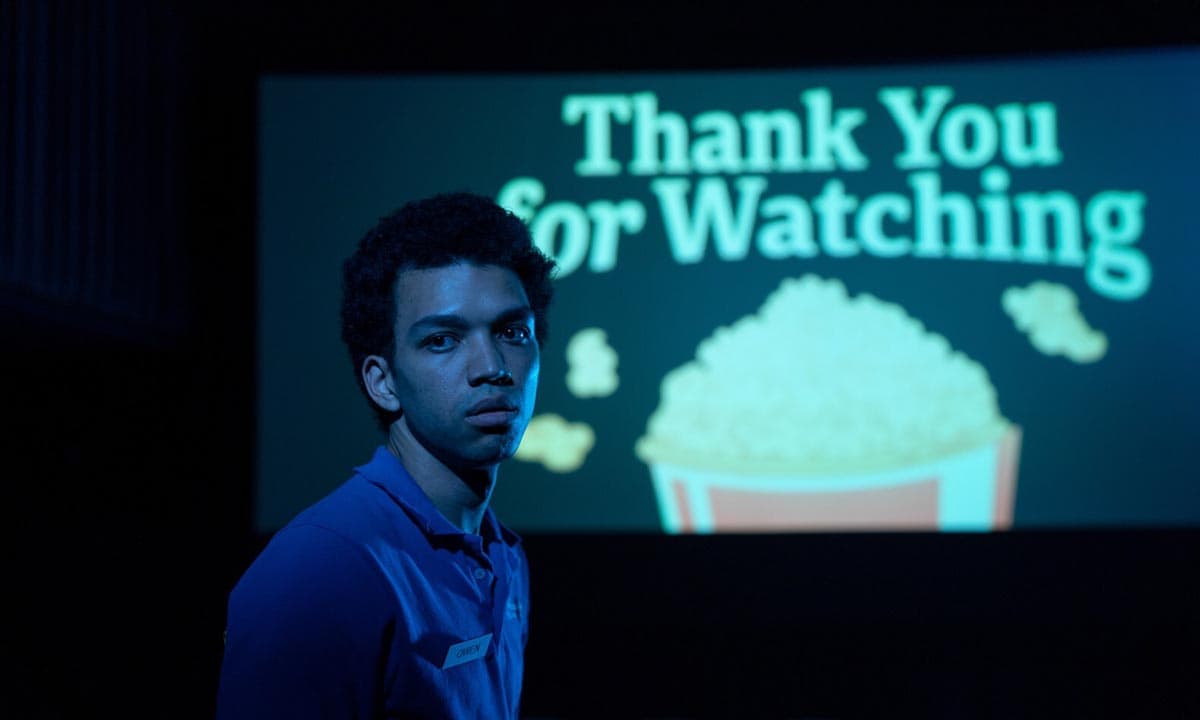
3. I Saw the TV Glow (Jane Schoenbrun)
Jane Schoenbrun’s I Saw the TV Glow is the rare movie that deserves being called Lynchian—not for any overt weirdness, but for its mastery of ineffable, almost subliminal unease to depict repression and the toll it takes on one’s psyche. Expanding on We’re All Going to the World’s Fair‘s subtle illumination of gender dysphoria, Schoenbrun at first delicately illustrates the way that pop culture can be a catalyst for self-discovery among loners and misfits, only to slowly dig deeper and reveal the limits of displacing one’s questions of identity onto an object of obsession. Unable or unwilling to confront the questions that his fixation prompts, Owen (Justice Smith, always standing agonizingly on the verge of physical and emotional implosion) lets life slowly pass by as the world starts to seem increasingly alien and increasingly inescapable. I Saw the TV Glow regularly blurs the line between reality and fantasy, but it’s in the starkest and most reflective moments that the film feels the most like cosmic, mind-shattering horror. Jake Cole
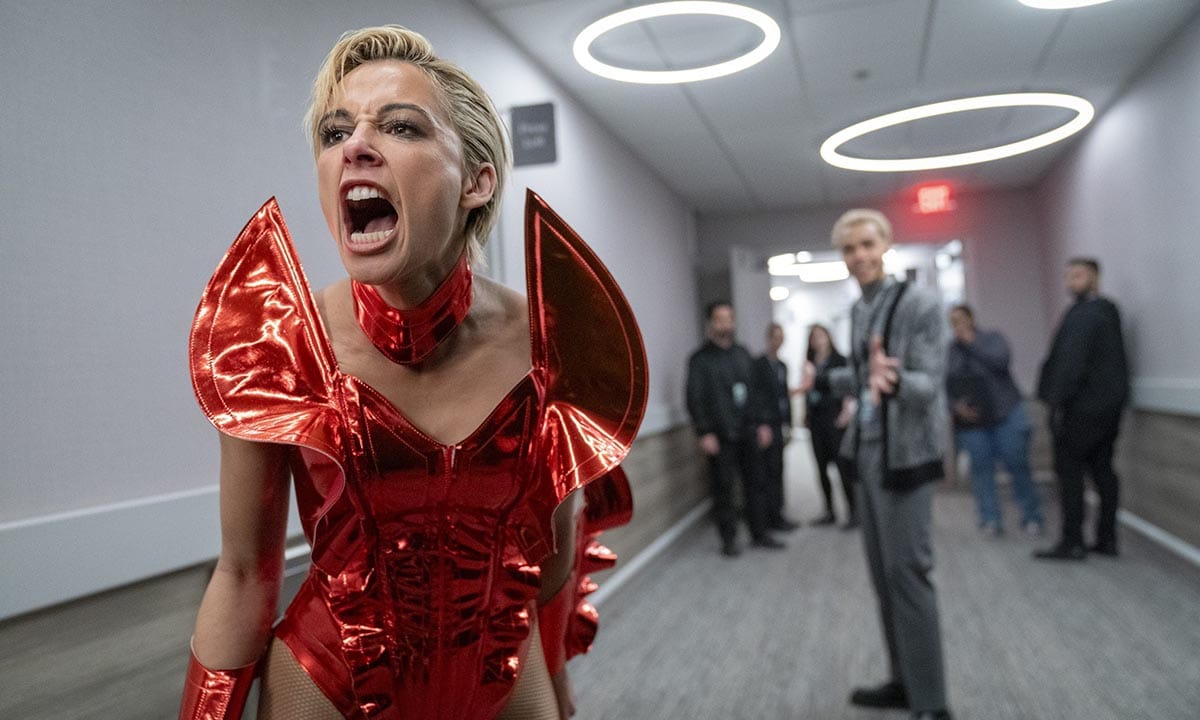
2. Smile 2 (Parker Finn)
Throughout Smile 2, Parker Finn brings the same tightly controlled framing, devilishly effective jump scares, and penchant for tricky fake-outs that made Smile so striking despite its familiarity. He fills his frames with the actors’ faces, turning them into transfixing, beautifully textured maps of pain and horror, foregrounding them as set pieces in their own right. Naomi Scott is spectacular as pop artist Skye Riley, who increasingly finds herself in the throes of escalating terror. The series’s central conceit lends itself surprisingly well to a fame story, and there’s an acute sadness in how alone Skye is despite being surrounded by fans, tour personnel, and assistants every hour of the day. Though the sequel is more humorous than its predecessor, Finn doesn’t shirk away from the soul-crushing misery at the film’s center. Thompson
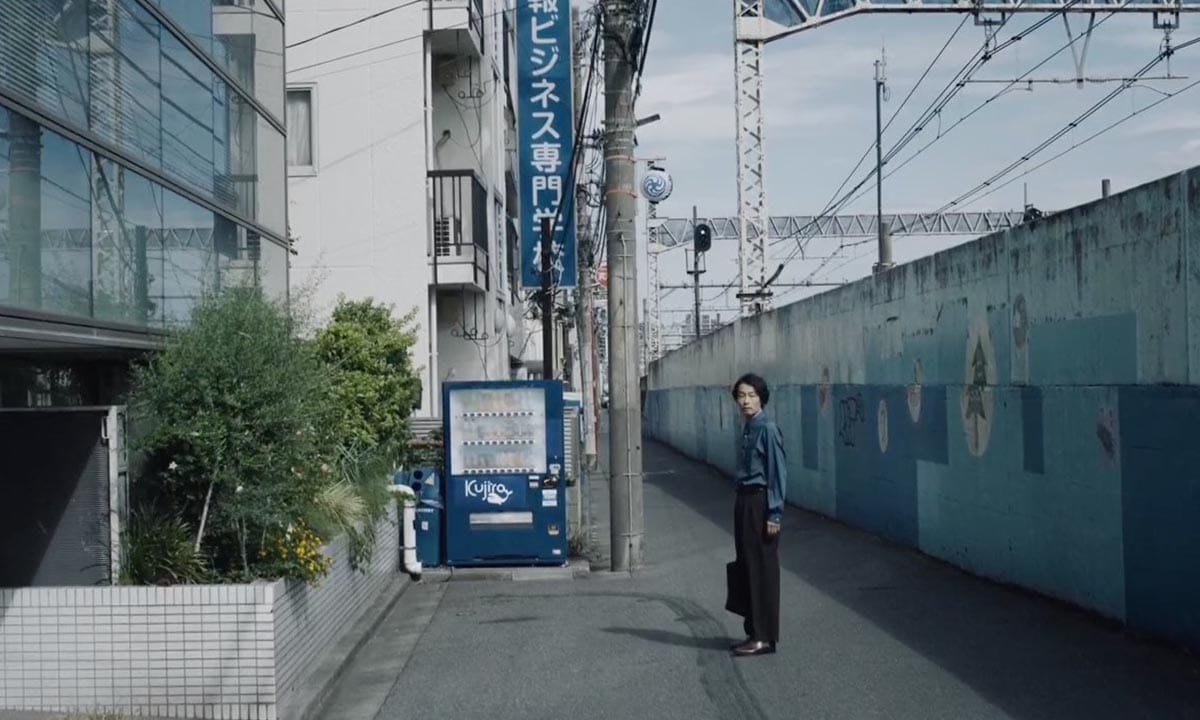
1. Chime (Kurosawa Kiyoshi)
Few would have guessed that Kurosawa Kiyoshi’s first horror film since 2016’s Creepy would come in the form of an NFT. Less surprising is that 45 minutes is all Kurosawa needs to put the genre’s output over the last eight years to shame. Chime concerns a self-absorbed cooking teacher (Yoshioka Mutsuo) who begins hearing the titular noise after a student (Kohinata Seiichi) is driven to madness while complaining of the same. The chime soon emerges as another of Kurosawa’s disease-like avatars of evil spreading inexplicably across society. Despite the project’s ultra-contemporary origins, Kurosawa arrives at his scares the old-fashioned way: a command of on- and off-screen space, light and shadow, and movement within the frame so total as to suggest an unknowable malign presence hovering over the images at all times. You’ll find no dot-connecting backstories or tortured trauma metaphors here, only a master filmmaker plunging you into incomprehensible terror, one brilliant formal choice at a time. Brad Hanford
Since 2001, we've brought you uncompromising, candid takes on the world of film, music, television, video games, theater, and more. Independently owned and operated publications like Slant have been hit hard in recent years, but we’re committed to keeping our content free and accessible—meaning no paywalls or fees.
If you like what we do, please consider subscribing to our Patreon or making a donation.

